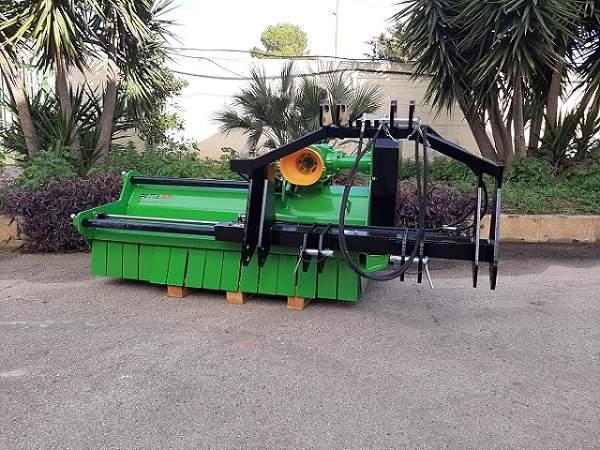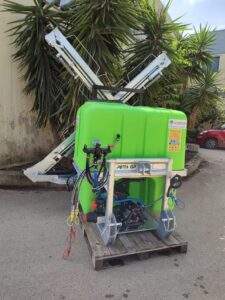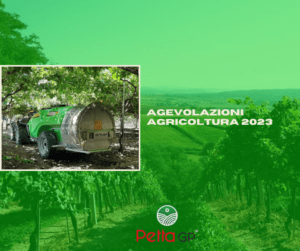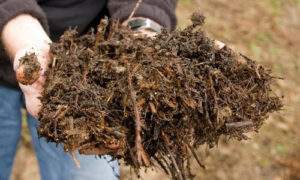In agriculture, mulching is an indispensable equipment for working the soil both from a regulatory and technical point of view.
Its primary function is linked to the chopping of agricultural pruning residues of any fruit plant or any crop, including the cutting of grass. In addition, it is a legal instrument for the disposal of organic waste, regulated in accordance with DL 152/06 having no negative consequences for the environment.
The practice of chopping, with the removal of woody materials from the ground, takes place on a regular basis (annual and biennial mostly) also favors the subsequent cultivation operations.
Although not mandatory all year, it is strongly recommended because it returns a part of organic substance to the soil, and facilitates its fertilization. In view of this aspect, it is essential to consider the result of chopping because an ineffective chopping could lead to a series of pathogenic effects for crops with an increase in costs for the farmer who needs further processing to remedy the problem.
For this reason, the choice of the shredder suitable to your needs, and to your soil, is fundamental to reduce the running costs and have the best result. In fact, an inadequate machine could lead to excessive maintenance costs derived from several factors:
- presence of stones
- Highly sandy soils
- Residues of different sizes
- crop type
Which mulchers to choose according to your tractor
Just like a suit, every mulcher needs the right tractor to work to the best of its potential. An aspect that could often collide with the type of soil and the type of crop you intend to chop.
Generally, mulches are chosen according to the type of tractor, in principle following this scheme:
- Very light for micro tractors with power up to 25 horses
- Lightweight for tractors from 25 to 50 horses
- Medium-light for tractors from 45 to 70 horses
- Averages for tractors from 50 to 80 horses
- Medium to heavy 60 to 90 horsepower
- Weighing from 90 to 120 horses
- Semi-forestry from 120 to 160 horses
- Forestry from 160 horses upwards
This distinction takes into account the weight of the mulch, which are defined in a purely indicative way in:
- Very light – up to 150 kilograms
- Light – 150 to 320 kilograms
- Medium-light – from 320 to 400 kilograms
- Medium – from 400 to 500 kilograms
- Medium-heavy – from 500 to 650 kilograms
- Heavy – from 650 to 950 kilograms
- Semi-forestry – from 1000 to 1300 kg
- Forestry – over 1300 kilograms
However, these aspects must be contextualized to the type of agricultural land and the size of the material to be cut.
Is weight always important when choosing a mulcher?
The weight, in the choice of a mulcher, is an important element but not always decisive in the purchase of the tool. In fact, in order to reduce the weights of the machines, with benefits from the point of view of the effort of the tractor (and further fuel savings and less wear of the vehicle), special materials can be used (from the higher cost) but much more resistant.
To these factors are also added the use of materials and mechanical and structural components that can extend the life and strength of the mulch on any type of soil. The latter are crucial for reducing maintenance costs.
Which mulch to choose according to the terrain
Although the tractor and the weight are important aspects for choosing a mulcher, they are not essential elements to buy the right machinery. In fact, the stony soils need a particular attention to the mechanics of the tool, which if suitably oversized (through the use of materials suitably studied to withstand the various stresses) significantly reduce the problems related to:
- broken rotor
- of bearing supports
- bearing
- to the bumps of the body
- unbalance of the rotor
- breaking of the pins of the clubs
- of the rear roller
- of the rotor axes
- gear box
On the contrary, in the sandy soils, the problem can derive from the emery effect that can be caused by the frequent use of the machine causing the premature wear of the body and any mechanical parts.




